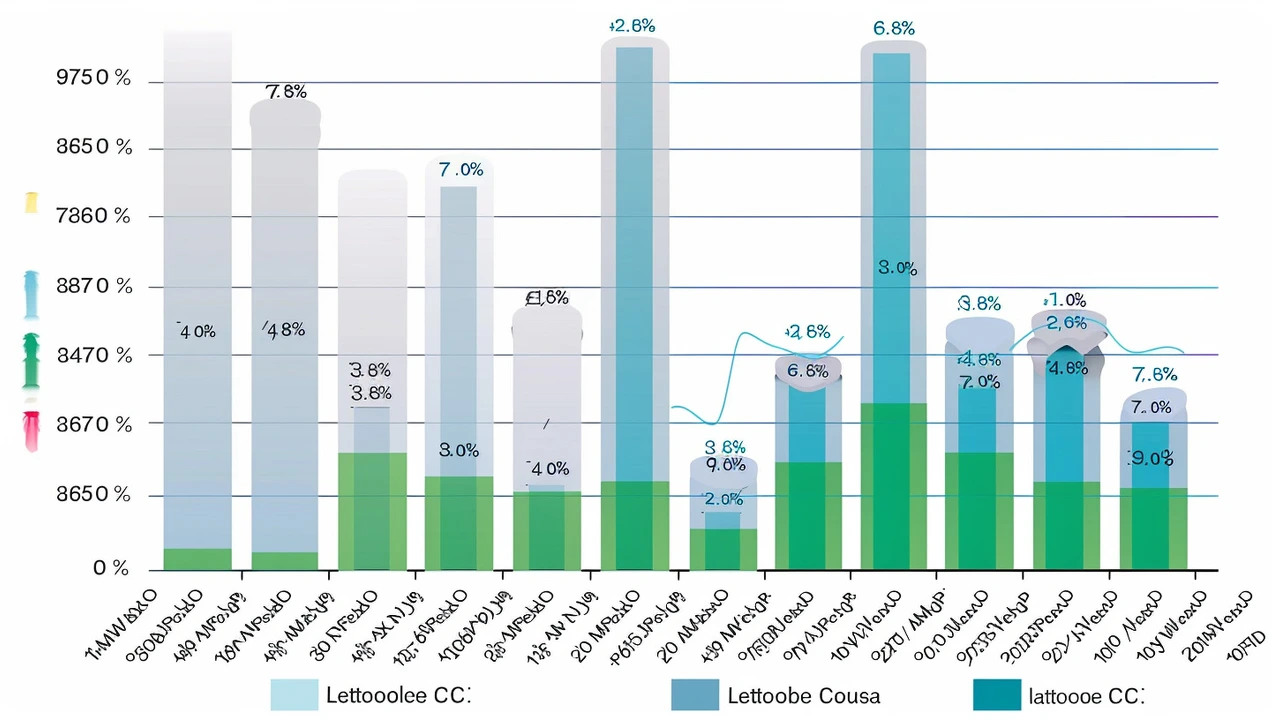March 2024 Archive – JSON Interoperability Explained
Welcome to our March roundup. If you’re dealing with APIs, web services, or any system that talks in JSON, this page is for you. We’ve got one solid article from the month that breaks down why JSON can sometimes act up and how you can keep it smooth.
Why JSON Compatibility Matters
JSON is everywhere – from mobile apps to cloud platforms. When two systems parse the same JSON differently, data gets lost or misread. That means a pharmacy app might show the wrong dosage, or an e‑commerce site could charge the wrong amount. The problem usually comes from vague parsing rules, missing standards, or outdated libraries.
Our March article digs into real‑world examples where mismatched parsers caused headaches for developers. It points out the biggest pain points: differing handling of whitespace, number formats, and special characters. By spotting these issues early, you avoid costly bugs later on.
Tips to Improve Data Exchange
Here are three quick steps you can apply right now:
- Stick to RFC 8259. This official spec defines how JSON should look. Make sure every tool in your chain follows it.
- Validate before you send. Use a validator library that checks structure, data types, and required fields. It catches errors before they travel across the network.
- Version your payloads. Add a simple version field to each JSON object. When you need to change the format, older clients can still read what they expect.
Applying these practices reduces the risk of miscommunication between services. It also makes debugging easier because you have a clear contract that both sides agree on.
The March post also recommends a short checklist for teams: review library documentation, run interoperability tests with sample data, and set up automated linting in your CI pipeline. Following the checklist keeps your JSON clean and your users happy.
That’s the highlight from our March archive. If you work with data exchange, give the full article a read – it’s packed with examples you can copy straight into your projects. Stay tuned for more practical guides in upcoming months.
This article delves into the challenges of JSON (JavaScript Object Notation) interoperability due to parsing differences. It discusses the impact of non-standardized parsing on data exchange and outlines strategies for enhancing compliance and reducing risks in JSON data interchange.
Mar, 22 2024

